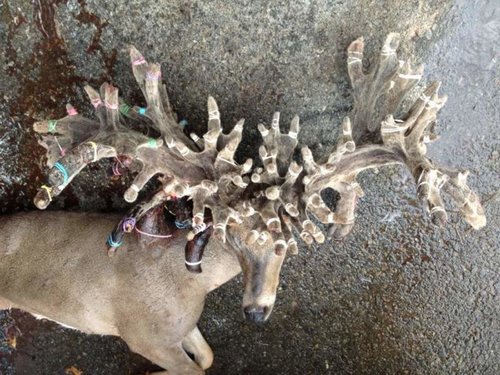Ben Long
Well-known member
In the 1960s, Jack O'Connor wrote: “The whitetail deer is the smartest of all North American game animals and, likewise, getting a really outstanding whitetail head is the most difficult task in trophy collecting.” Is this true today? If if not, what is the most difficult? Why?






